您的购物车目前是空的!
Beginner’s Guide to Track Sockets:Which is better track sockets or traditional sockets?
Beginner's Guide to Track Sockets discussion of various topics Outlets Guide remodeling plans
Choosing the right power outlet is crucial in home improvement. Track sockets and traditional sockets are two common power solutions, each with their own advantages and disadvantages. So which one is better for your home or workspace? As an experienced outlet user, I will provide a comprehensive comparison of track and traditional sockets to help you make a more informed choice.
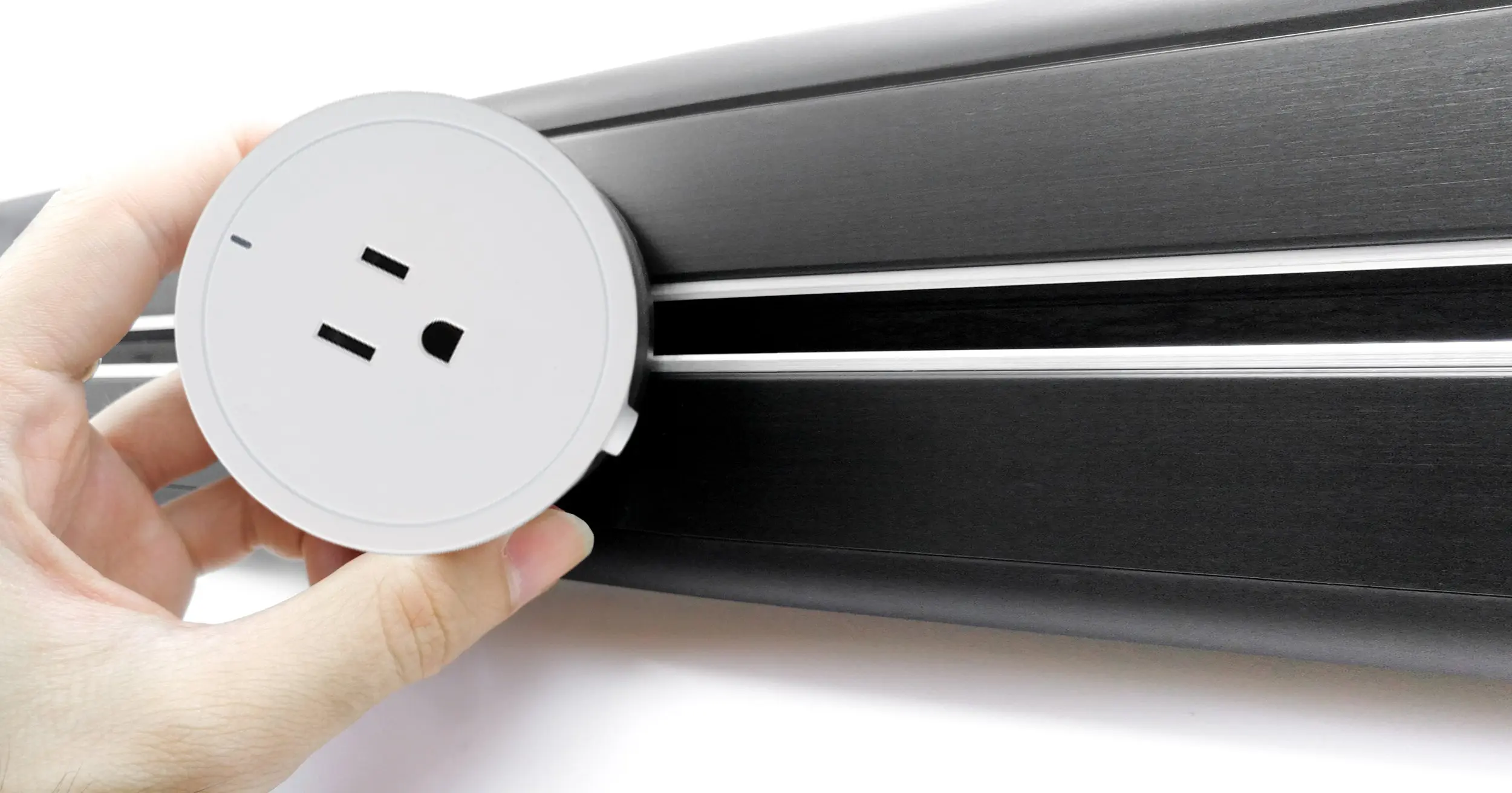
I’ve summarised the following areas for you to compare and weigh up which socket is better.
1. Basic Overview of track Sockets and Conventional Sockets
1.1 Track Socket
A track socket is a flexible power distribution system that allows users to move and add socket modules freely on a rail. This design is ideal for environments that require flexible power usage, such as kitchens, offices or multi-purpose rooms.
1.2 Conventional Socket Outlets
Conventional sockets are fixed to the wall and are usually installed in specific locations in a room. They are the most common power solution in the home, simple in construction and relatively inexpensive.
2. Flexibility and Expansion
2.1 Flexibility of track sockets
The biggest advantage of track sockets is their flexibility. Users can adjust the position of the socket and increase or decrease the number of socket modules as required. This design is particularly suitable for modern homes where the location of electrical appliances needs to be changed frequently or new devices need to be added.
2.2 Limitations of traditional sockets
Traditional sockets are fixed on the wall and cannot be adjusted according to usage needs. If the location of an appliance changes or new devices need to be added, it may be necessary to use an extension cord or install more sockets, which reduces convenience to a certain extent.
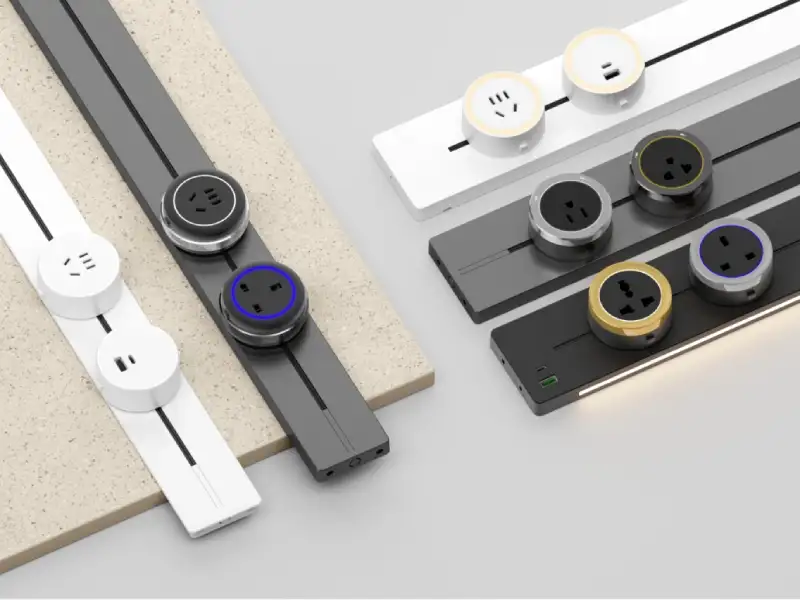
3. Installation and maintenance
3.1 Installation and maintenance of track sockets
The installation of track sockets is relatively complex and usually requires the operation of a professional electrician. The installation process needs to consider the length and location of the track as well as the power access point. Although the installation is complicated, the maintenance is relatively simple, only need to regularly check the tightness of the track and module connection.
3.2 Installation and Maintenance of Traditional Sockets
The installation of conventional sockets is relatively simple, requiring only the drilling of holes in the wall to fix the socket box and connect the wires. Maintenance is also relatively simple and usually only requires replacement of the socket when it fails.
4. Safety
4.1 Safety of track sockets
High-quality track sockets are designed with multiple protections, such as overload protection, short-circuit protection and fire-resistant materials, making them safer to use. In addition, as the modules of track sockets are removable, users can avoid using unsafe extension cords due to insufficient sockets.
4.2 Safety of conventional sockets
The safety of conventional sockets depends on the quality of their installation and the way they are used. Conventional sockets are safe and reliable if they are properly installed and the socket is not overused. However, if the socket is overused or of poor quality, it may increase the risk of fire.
5. Aesthetics and design
5.1 Aesthetics of track sockets
Track sockets have a simple design that blends in with various home styles. They are usually installed on the wall or ceiling and do not take up floor space. At the same time, the position of the socket can be adjusted according to the layout of the room to maintain the overall aesthetics.
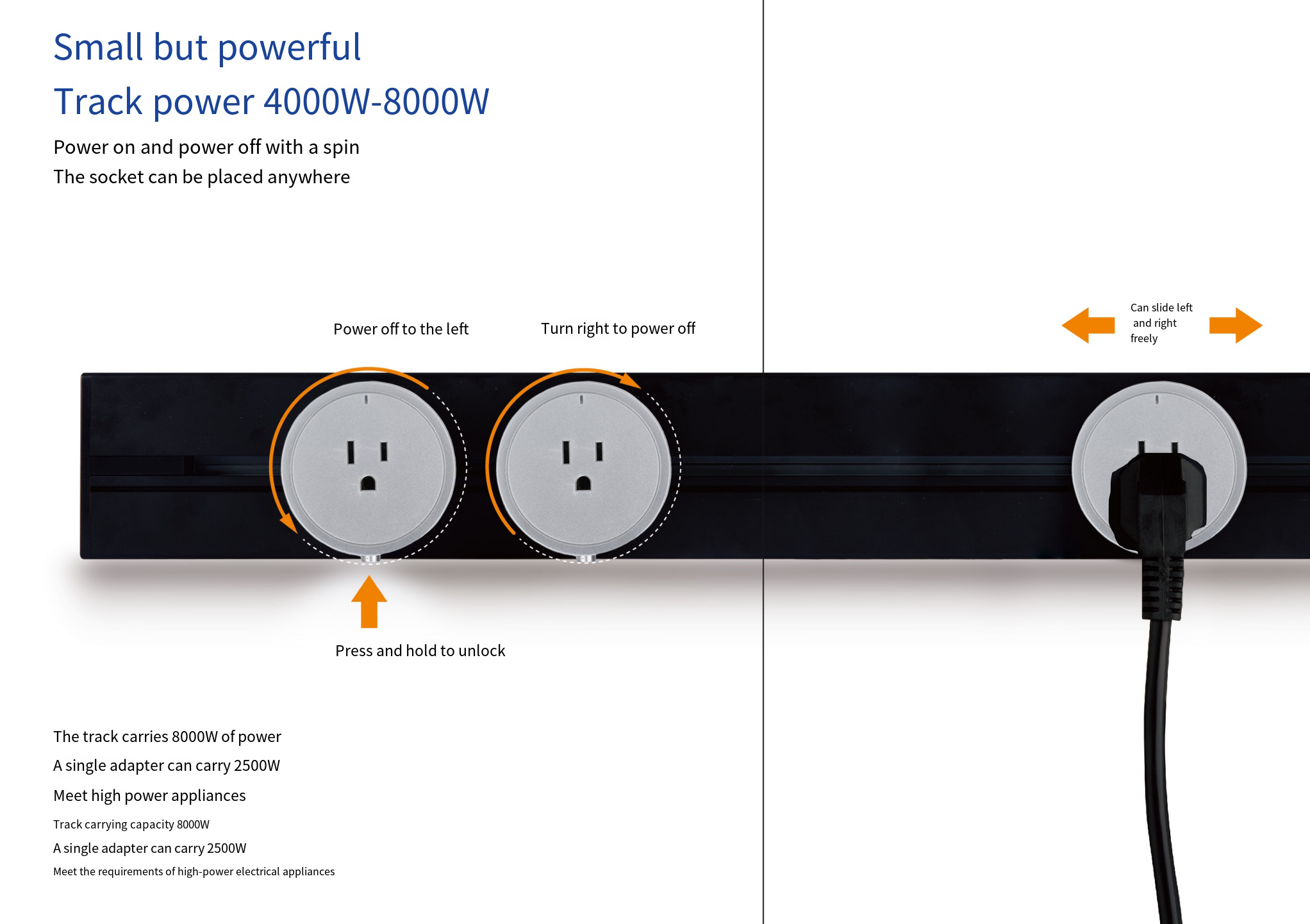
5.2 Traditional Socket Design Options
Traditional sockets come in a variety of styles, and different colours and materials can be selected according to the home decoration style. However, once the position of the traditional socket is fixed, it cannot be changed at will, which may cause inconvenience in later use.
6 Cost Considerations
6.1 Cost of track sockets
The initial installation cost of track sockets is high, especially if they are installed over a large area or require a complex layout. However, the long-term cost of track sockets is lower as they can be flexibly adjusted, reducing the need for repeat socket installations.
6.2 Cost of conventional sockets
Conventional sockets have a lower initial cost, but at a later date it may be necessary to add new sockets or use extension cords, which can add extra cost and hassle.
7. Analysis of applicable scenarios
7.1 Applicable Scenarios for Track Socket
The track socket is ideal for scenarios where the layout of appliances needs to be adjusted frequently or where multiple appliances are used frequently, such as kitchens, studios, home offices and multi-functional rooms. It is also suitable for people who want to keep the decoration simple and aesthetically pleasing.
7.2 Traditional Socket Scenarios
Traditional sockets are suitable for rooms where the location of appliances is fixed and there is no need to change devices frequently, such as bedrooms, living rooms and dining rooms. For users with limited budget or those who do not want to carry out complicated installation, traditional socket is a more economical choice.
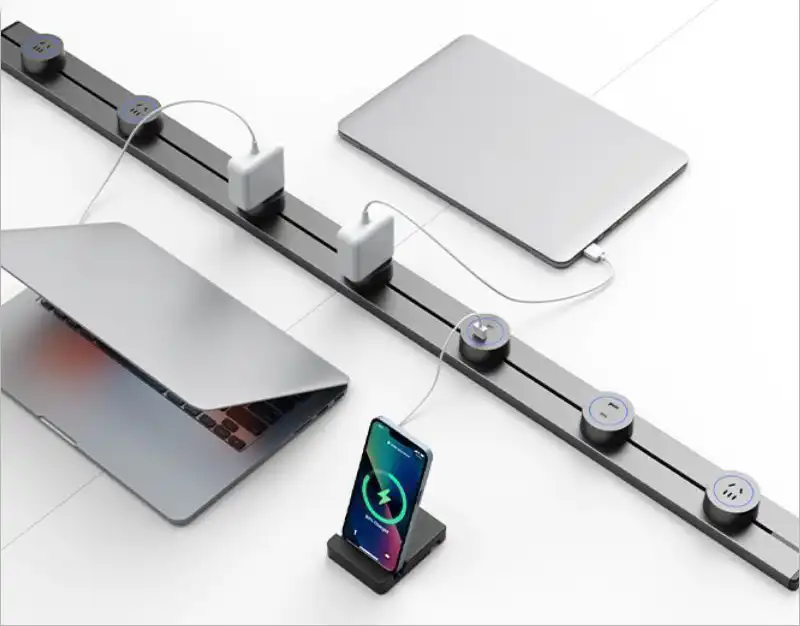
Conclusion: which is better and more suitable for you?
Choosing a track socket or a traditional socket depends on your specific needs and home environment. If you need greater flexibility, a more modern design, and are willing to incur a higher initial cost, the track socket is an ideal choice. It is suitable for homes that are looking for modernity, versatility and aesthetics. If you’re on a budget or have a relatively fixed layout of appliances in your home, traditional sockets are still a reliable and affordable option.
However, it’s important to note that whichever type of socket you choose, make sure you select a reliable quality product and have it installed by a professional for safety and durability.
- Wowsocket: Your Trusted Track Socket Factory for UK-Compliant Power Solutions
- Track Socket UK: The Ultimate Guide to Choosing and Installing the Right Power Solution
- Track Sockets in the Netherlands: The Ultimate Solution for Smart Homes
- Les Prises de Courant sur Rail en France : La Solution Électrique Flexible et Intelligente pour Votre Maison
- UK Track Sockets: The Ultimate Smart Power Solution for Your Home
23,423 点击次数

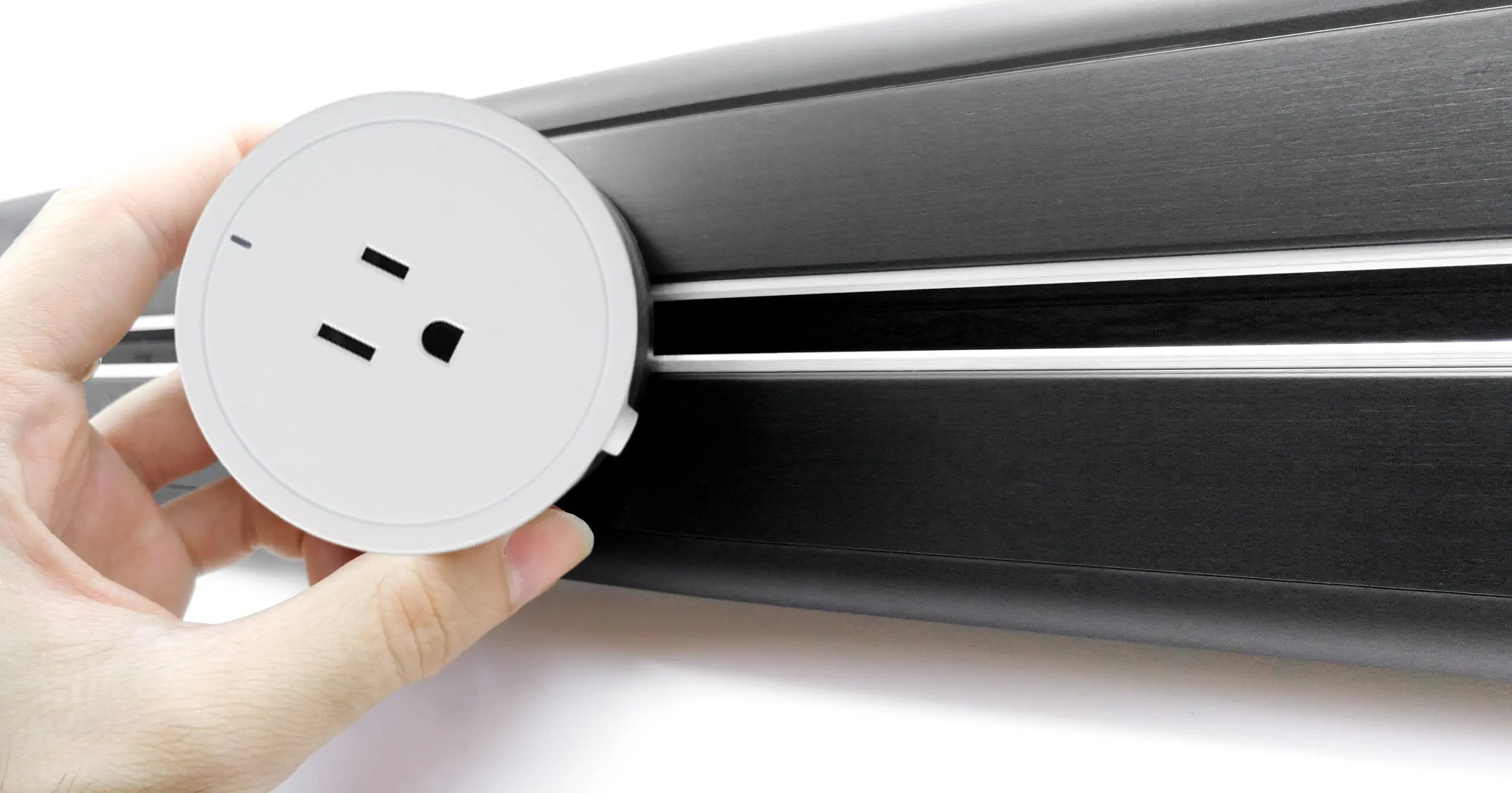
发表回复